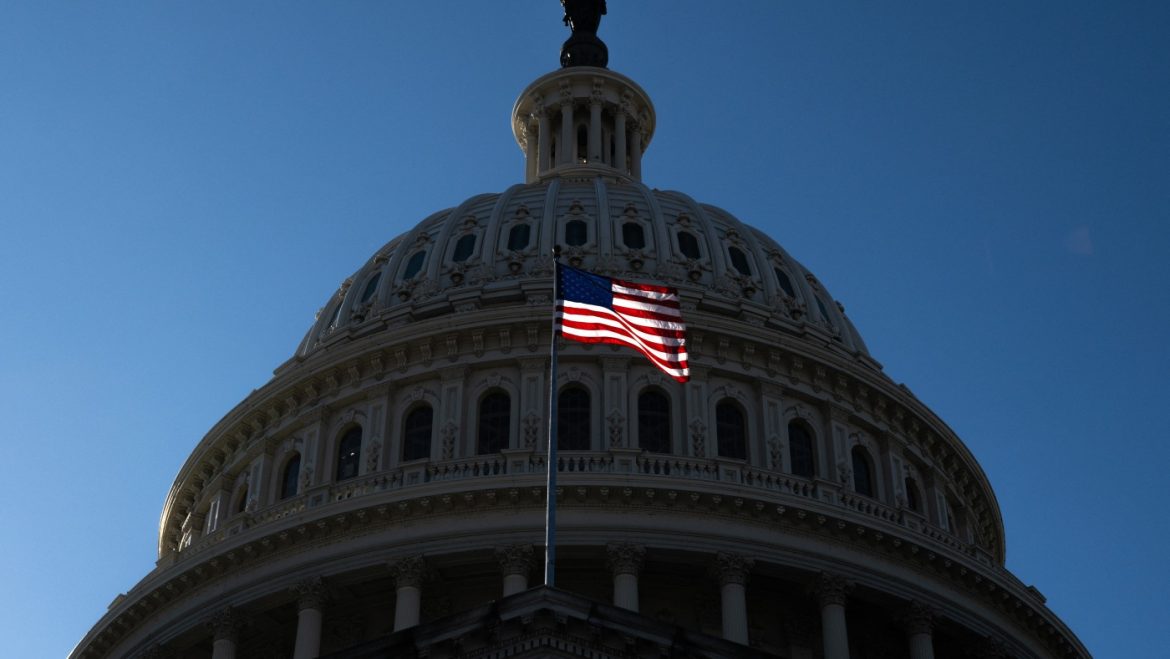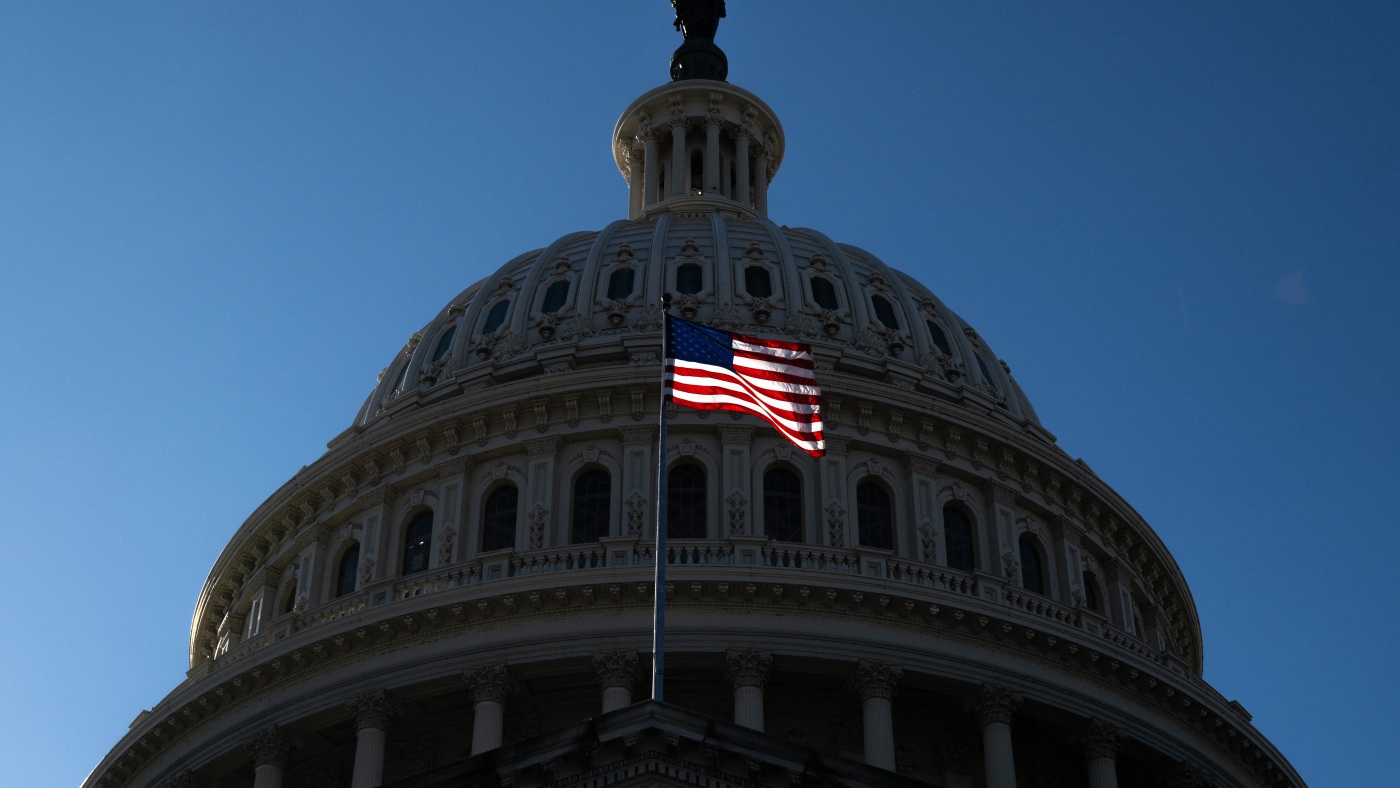Understanding the GOP’s Tax and Spending Bill: Winners, Losers, and the Bigger Picture
The newly proposed GOP tax and spending bill has rapidly become a lightning rod of debate, drawing strong reactions across political and social spectrums. Numerous analyses and forecasting reports underscore a consistent theme: the legislation overwhelmingly benefits the wealthiest Americans, while simultaneously imposing costs and restrictions on lower-income and vulnerable populations.
Who Gains the Most? The Rich at the Top
According to multiple congressional forecasts and independent budget analyses, the top 10% of earners in the United States stand to receive the lion’s share of the financial advantages under the GOP proposal. These benefits come from a variety of tax breaks—most notably reductions that favor higher-income individuals and households. Some rebuild or raise caps on deductions like the state and local tax (SALT) deduction, which disproportionately assist wealthy taxpayers. Provisions that make certain highly regressive tax cuts permanent further amplify these benefits for the upper echelon.
The bill’s architects have branded it as “big” and “beautiful,” emphasizing its alignment with President Trump’s domestic agenda and promises of economic growth. Yet, closer scrutiny reveals the “beauty” is lopsided: it represents a large-scale fiscal maneuver prioritizing wealthy households’ gains, often at the expense of broader social safety nets.
The Impact on the Poor and Vulnerable: New Barriers and Reduced Support
Contrasting with the benefits funneled toward the rich, the bill introduces significant cuts and tightening eligibility criteria for services that serve low-income Americans. Key social welfare programs like Medicaid and the Supplemental Nutrition Assistance Program (SNAP) face reductions or become more restrictive. For example, the bill would require states to contribute a portion of SNAP benefit costs, likely leading to reduced enrollment or diminished aid for struggling families.
Economic studies indicate that these changes would translate into a tangible decrease in household resources for the poorest segments of the population—estimates suggest around a 2% reduction in the short term, escalating to approximately 4% within a decade as further cuts take effect. Such reductions, combined with raised costs for essentials like electricity and increased student loan burdens for lower and middle-income students, paint a grim picture of widening inequality.
Public Sentiment and Political Ramifications
Public opinion surveys reflect skepticism regarding the bill’s effects on poor Americans: a majority believe the legislation will hurt low-income individuals rather than help them. This sentiment aligns with criticism from faith leaders, lawmakers, and various advocacy organizations, describing the bill as “mean” and skewed to favor the affluent at the expense of the vulnerable.
Politically, the bill’s progression has faced internal Republican dissent, as well as fierce opposition from Democrats, who frame it as a “tax scam” that exacerbates wealth disparities. Some Republicans object specifically to provisions like the expansion of the SALT deduction cap, citing the excessive cost and limited benefit for lower-income taxpayers.
The Broader Fiscal Picture: Rising Debt Amid Tax Cuts
The legislation’s cost extends beyond who benefits directly in the short term. By proposing roughly $4.5 trillion in tax breaks predominantly for wealthy households, alongside $2 trillion in cuts to social programs, the bill contributes to a significant uptick in the national debt. Analysts warn that this growing debt burden could have long-term consequences for economic stability and fiscal policy flexibility, potentially leading to further austerity measures down the road.
An Unequal Redistribution: What This Means for U.S. Society
The GOP’s bill crystallizes a contentious debate about economic fairness and social responsibility. By boosting after-tax incomes for the richest Americans while diminishing support for the poor and middle class, this measure could deepen societal divides. The reduced safety nets jeopardize the well-being of many families who depend on government aid for basic needs, education, and healthcare.
Moreover, the policy’s structure—permanent, regressive tax cuts coupled with temporary, less generous benefits for working-class families—further entrenches systemic inequities. The ripple effects are broad, potentially affecting consumer spending, social mobility, health outcomes, and overall economic resilience.
Conclusion: A Policy Shaping America’s Economic Frontier
This massive GOP tax and spending bill signals a clear redistribution of fiscal benefits in favor of the wealthy elite, achieved at the tangible expense of poorer and vulnerable populations. Beyond the immediate budgetary implications, it frames a vision of economic policy prioritizing tax relief for the affluent, reduced investment in social supports, and an increased debt load. As public debate intensifies, the consequences of these choices will extend into the social fabric of the country—challenging policymakers, communities, and citizens alike to confront issues of fairness, prosperity, and shared responsibility in the American economy.


